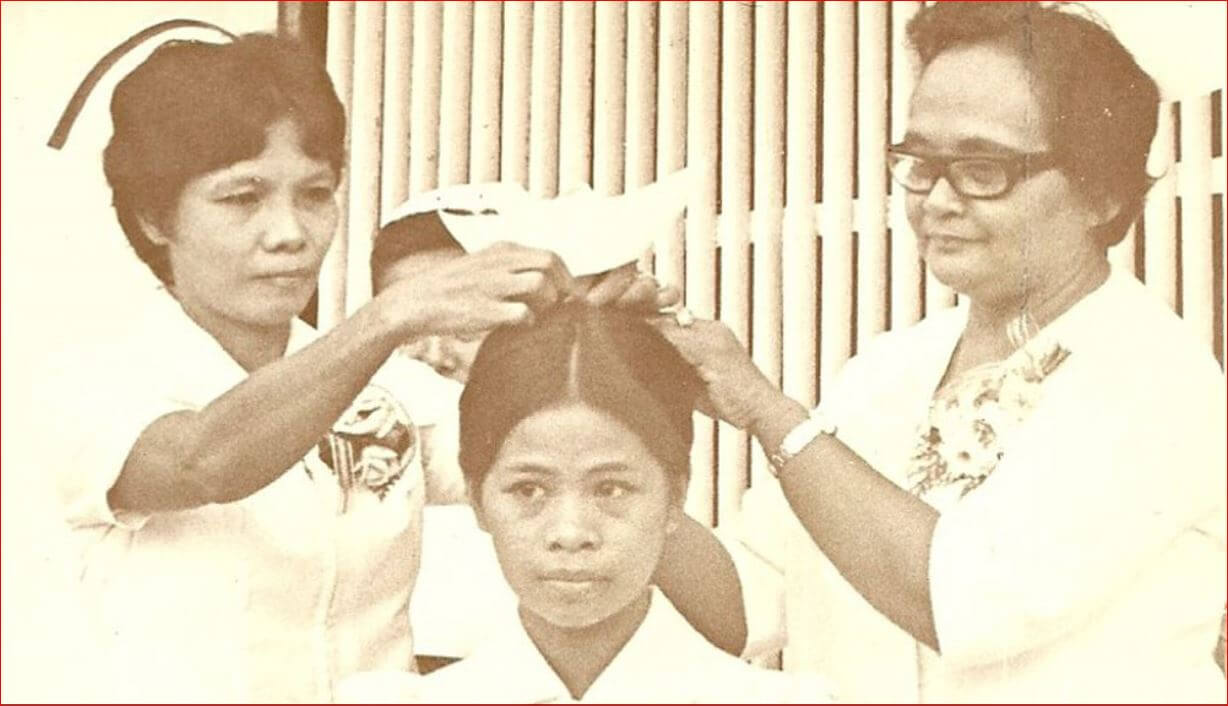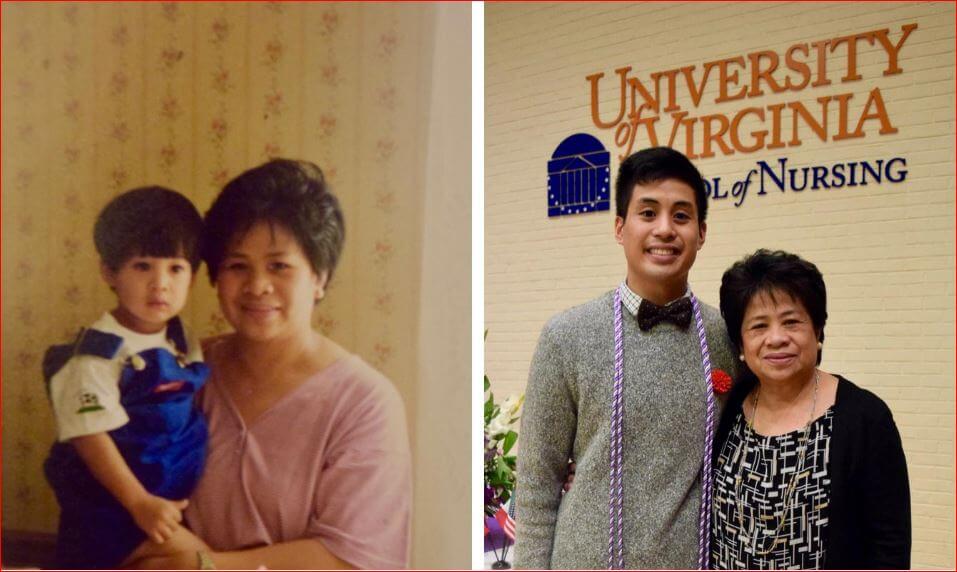
A University of Virginia (UVA) School of Nursing student dissertation traces the reasons why there are many Filipino nurses in America.
Ph.D. student Reynaldo “Ren” Capucao, himself a recently registered nurse and also the son of a newly-retired nurse, conducted the oral history project using collected photographs, filmed narratives, and migration maps to tell the story of Filipino nurses in Virginia.
The University of Virginia study was presented in a traveling exhibit titled, “Culture to Care: The History of Filipino Nurses in Virginia” on August 10 at the Philippine Cultural Center in Virginia Beach.
In the university report about Capucao’s work, writer Christine Phelan Kueter notes the study spans over a century dating from the end of the Spanish-American War in 1898, the Jim Crow South, and even the post-9/11 fear of immigrants.
Kueter further describes the ground-breaking study as “a lesson in history, migration, the American nursing shortage, and the ever-shifting sands of healthcare.”‘
Some of the findings highlighted in the UVA report are:
* Filipinos make up more than four percent of nurses practicing in the U.S. Since the 1970s
* Filipino nurses have comprised the largest group of internationally educated nurses practicing in the U.S.
* Filipinos have become the third-most populous group of Asian Americans overall (comprising nearly 20 percent of Asian-Americans, behind Indian and Chinese Americans)
Capucao’s study notes that Filipino migration to the U.S. came in four waves:
1. American colonialism to pre-World War II
2. roughly 1940 to 1965
3. from 1965 to the present
4. final wave compelled through chain migration
The wave of Filipino nurse immigrants included Capucao’s mother, Jolly, one of eight children from a rural fishing town to whom “the nurse’s white cap became a symbol of her hopes and dreams.”

When the Philippines was ceded by Spain to the United States, the education system and legislative maneuvers opened opportunities for thousands of Filipino nurses to work in the U.S.
Once in the U.S., Filipino nurses in most environments were embraced and flourished, and created “a sense of community, a sense of familiarity, and a transnational linkage back to the Philippines.”
Ren Capucao, who is set to continue his research as a doctoral student in nursing this fall, says “the experience has also informed his understanding of Filipino culture.”
“The reason why I want to become a nurse historian is to venerate my mom and the stories of unknown nurses who forged the path that I’m able to take,” adds the Filipino nurse in the UVA report.
LEARN MORE: Filipino nurses overseas have been also been cited for their excellence such as British Empire Award recipient Joy Ongcachuy and UAE-based missionary athlete Romeo Puncia.
WATCH this video on the Filipino nurses’ history project and SEND cheers to Ren Capucao and the Filipino nurses in America, displaying excellent work ethic and care skills in the healthcare industries.
Like, Follow, Subscribe to GoodNewsPilipinas.com Facebook, Twitter, Instagram, Good News Pilipinas! TV on YouTube, new story notifications and e-mail newsletters for updates on more Filipino Pride stories.










